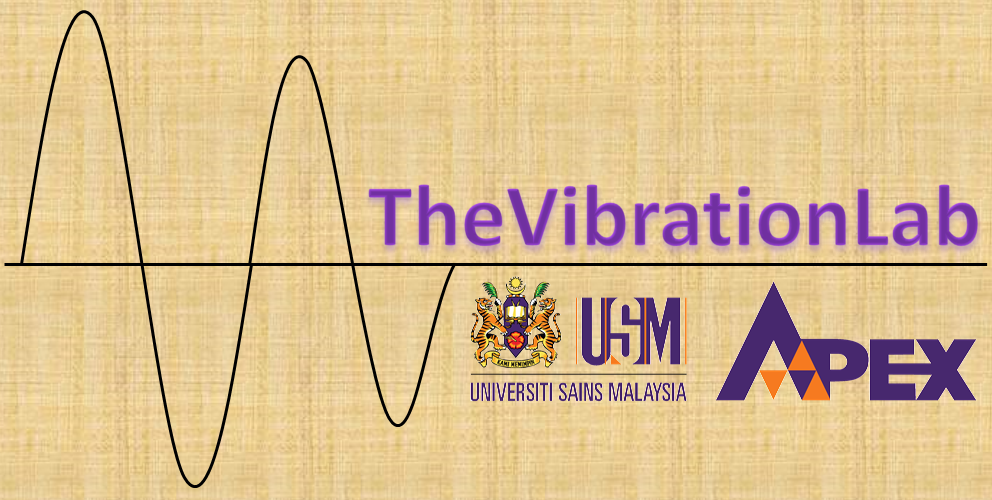Ir. Ts. Syed Afdhal Sayed Ghazali PEng.
Principal Engineer (Rotating Machinery)
PETRONAS

‘The Butterfly Effect – Centrifugal Compressor High Sub-Synchronous Vibration (SSV)’
Abstract:
The case study is about a centrifugal compressor operating in one of the offshore platform which experience high sub-synchronous vibration (SSV). Detail vibration analysis performed on the machine to determine the cause of the machine trip which led to the removal of the compressor for detail inspection. It was observed that the impeller had been significantly damaged as an impact due to process fluid changes and presence of contaminants, moisture and corrosive gas composition. The presence of these unwanted elements give consequential impact to rapid degradation mechanisms of the materials which eventually lead to its catasthropic failure. This paper describes the detail investigation process, identify the root causes and mitigations in place to avoid recurrence. The minute change that lead to unpredictable impact is also known as ‘The Butterfly Effect’.
Dr. Maziar Ramezani
Associate Professor
Department of Mechanical Engineering,
Auckland University of Technology (AUT), New Zealand

About the Speaker:
Maziar Ramezani is an Associate Professor in the Department of Mechanical Engineering at Auckland University of Technology (AUT), New Zealand. He is the founder and director of AUT's Tribology and Surface Engineering Laboratory. He currently serves as Director of Doctoral Studies at the School of Engineering, Computer and Mathematical Sciences, AUT. Prior to joining AUT, he worked as a lecturer and researcher at Universiti Sains Malaysia, and the University of New South Wales, Australia. He is the co-author of more than 100 papers in peer-reviewed journals. His research interests include tribology, product and process design, additive manufacturing, material deformation processes, composite materials, and orthopaedic implants.
Abstract.
An Overview of Friction Connections for Mitigating Seismic Vibration-Induced Damage in Buildings
The main cause of structural damage during a severe earthquake is the large internal actions and/or deformations imposed on structural members. This damage may be mitigated and controlled by dissipating the earthquake-induced vibrations. It can control the building’s seismic response, which results in minimizing the internal actions, hence mitigating the earthquake-induced effects on structures. Various seismic energy dissipation systems, including active, semi-active, and passive energy dissipation systems have been developed and implemented in buildings around the world to reduce structural vibrations and damage. Among them, the passive energy dissipation system is an effective, reliable, and cheap technique for mitigating seismic risk. With installing the specified supplementary energy dissipation system in buildings, a considerable portion of the input seismic energy can be dissipated. Energy dissipation can be achieved via several mechanisms such as yielding, sliding, and viscoelastic deformations. Among passive energy dissipation systems, friction connections are popular because of their cost-effectiveness and efficiency. Friction connections dissipate seismic energy by mechanical damping through the sliding friction. They can also limit the internal actions. They will reduce the plastic deformation of joints or beams, which will start sliding before the yielding of structure during severe earthquakes. The aim of this presentation is to provide an overview of the structural friction connections and their developments.



